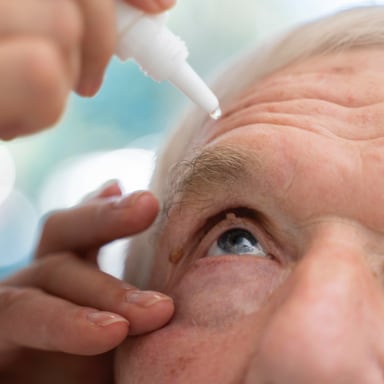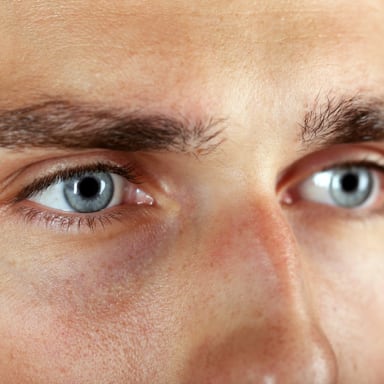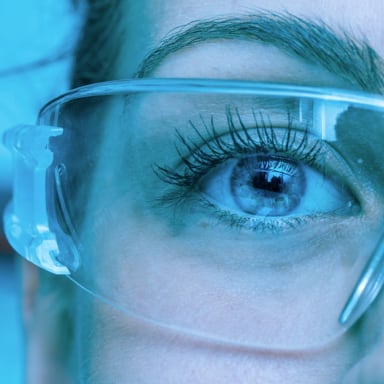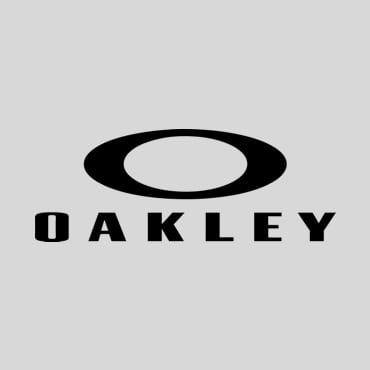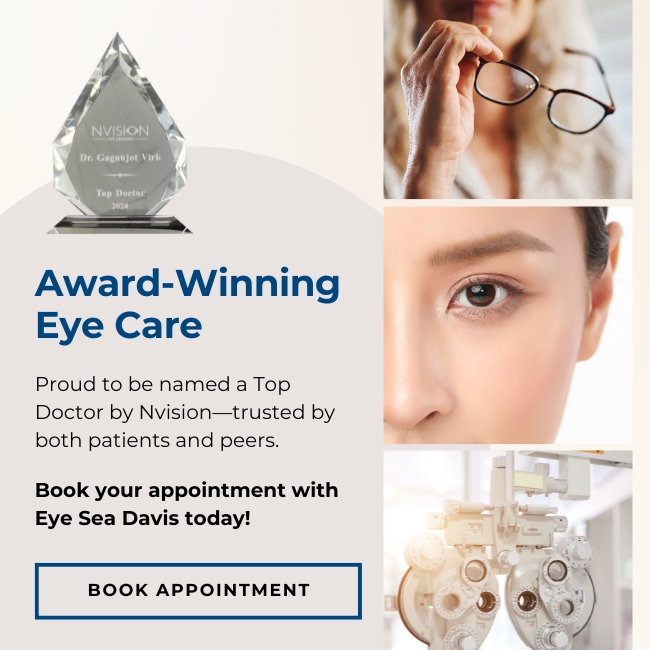Have you ever wondered why some people struggle to see far away while others have difficulty focusing on nearby objects? These common vision conditions are known as myopia (nearsightedness) and hyperopia (farsightedness). Both affect how light is focused on the retina, but they have distinct causes, symptoms, and treatments.
At Eye Sea Davis Optometry, we help patients in Davis, California, understand and manage their vision needs. In this blog, we’ll break down the differences between myopia and hyperopia, so you can better understand your eyes and the available treatment options.
What Is Myopia?
Myopia, or nearsightedness, occurs when the eyeball is too long or the cornea is too curved. This causes light to focus in front of the retina instead of directly on it. As a result, distant objects appear blurry, while close objects are clear.
Common Symptoms of Myopia:
- Blurry vision when looking at distant objects (e.g., road signs, whiteboards)
- Squinting to see clearly
- Eye strain or headaches, especially after focusing on faraway objects
- Difficulty seeing at night (night myopia)
Causes of Myopia:
- Genetic predisposition (family history)
- Environmental factors, such as prolonged close-up tasks (e.g., reading, screen time)
- Lack of outdoor activities during childhood
Myopia Management Options:
- Eyeglasses or Contact Lenses: Correct the focus of light on the retina.
- Ortho-K Lenses: Worn overnight to temporarily reshape the cornea for clear daytime vision.
- MiSight Contact Lenses: FDA-approved daily lenses designed to slow myopia progression in children.
- LASIK Surgery: A permanent option to reshape the cornea for eligible patients.
What Is Hyperopia?
Hyperopia, or farsightedness, occurs when the eyeball is too short or the cornea is too flat. This causes light to focus behind the retina, making nearby objects appear blurry while distant objects remain clear.
Common Symptoms of Hyperopia:
- Blurred vision when looking at close objects (e.g., reading a book, using a phone)
- Eye strain or discomfort during near work
- Frequent headaches after prolonged close-up tasks
- In severe cases, difficulty seeing clearly at any distance
Causes of Hyperopia:
- Often hereditary
- Eye shape or refractive error present from birth
Hyperopia Management Options:
- Eyeglasses or Contact Lenses: Correct the refractive error for clear vision.
- Refractive Surgery: Options like LASIK can reshape the cornea for clearer vision.
- Accommodative Lenses: For some patients, advanced contact lenses or multifocal glasses help with both near and far vision.
Key Differences Between Myopia and Hyperopia
| Feature | Myopia (Nearsightedness) | Hyperopia (Farsightedness) |
|---|---|---|
| Vision Problem | Difficulty seeing far away | Difficulty seeing close up |
| Focus Point | In front of the retina | Behind the retina |
| Causes | Longer eyeball, curved cornea | Shorter eyeball, flat cornea |
| Symptoms | Blurry distance vision, squinting | Blurry near vision, eye strain |
| Treatment | Glasses, contact lenses, Ortho-K, LASIK | Glasses, contacts, or refractive surgery |
Can You Have Both Myopia and Hyperopia?
It’s uncommon but possible for individuals to experience both myopia and hyperopia in different eyes or under specific conditions. Additionally, some people develop presbyopia, a condition where the eye’s lens loses flexibility with age, causing difficulty focusing on close objects.
At Eye Sea Davis Optometry, we evaluate your vision and create a tailored solution for any combination of vision challenges.
How to Determine If You Have Myopia or Hyperopia
The only way to accurately diagnose myopia or hyperopia is through a comprehensive eye exam. During the exam, we’ll evaluate:
- Visual acuity (clarity of vision)
- Refractive errors (how light focuses on your retina)
- Eye health and any related conditions
Our goal is to provide personalized recommendations to meet your lifestyle and vision needs.
Myopia and Hyperopia Management at Eye Sea Davis Optometry
At Eye Sea Davis Optometry, we offer advanced diagnostic tools and treatments to help patients with myopia, hyperopia, or other refractive errors. Our services include:
- Custom Glasses and Contact Lenses: Options tailored to your prescription and preferences.
- Myopia Control Programs: Ortho-K lenses and MiSight contact lenses for children to slow myopia progression.
- Refractive Surgery Consultations: Guidance on LASIK or other corrective surgeries.
- Comprehensive Eye Care: Routine checkups to monitor your eye health and vision changes.
Take the First Step Toward Clear Vision
Whether you’re struggling to see far away, up close, or both, our experienced team at Eye Sea Davis Optometry is here to help. Clear vision begins with a thorough eye exam and a personalized treatment plan.


